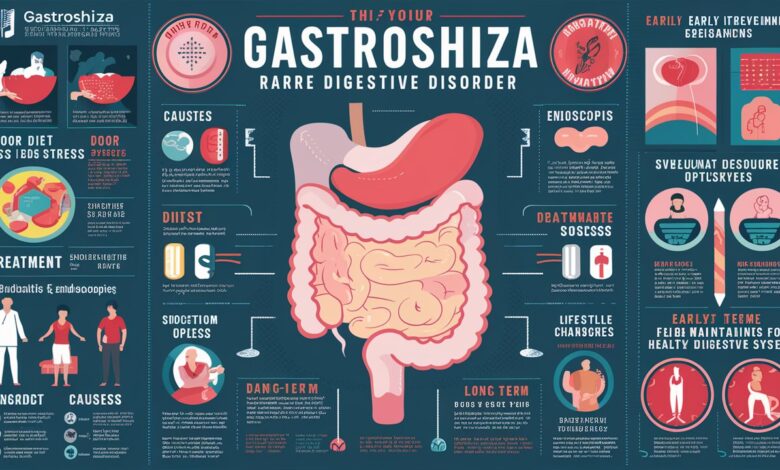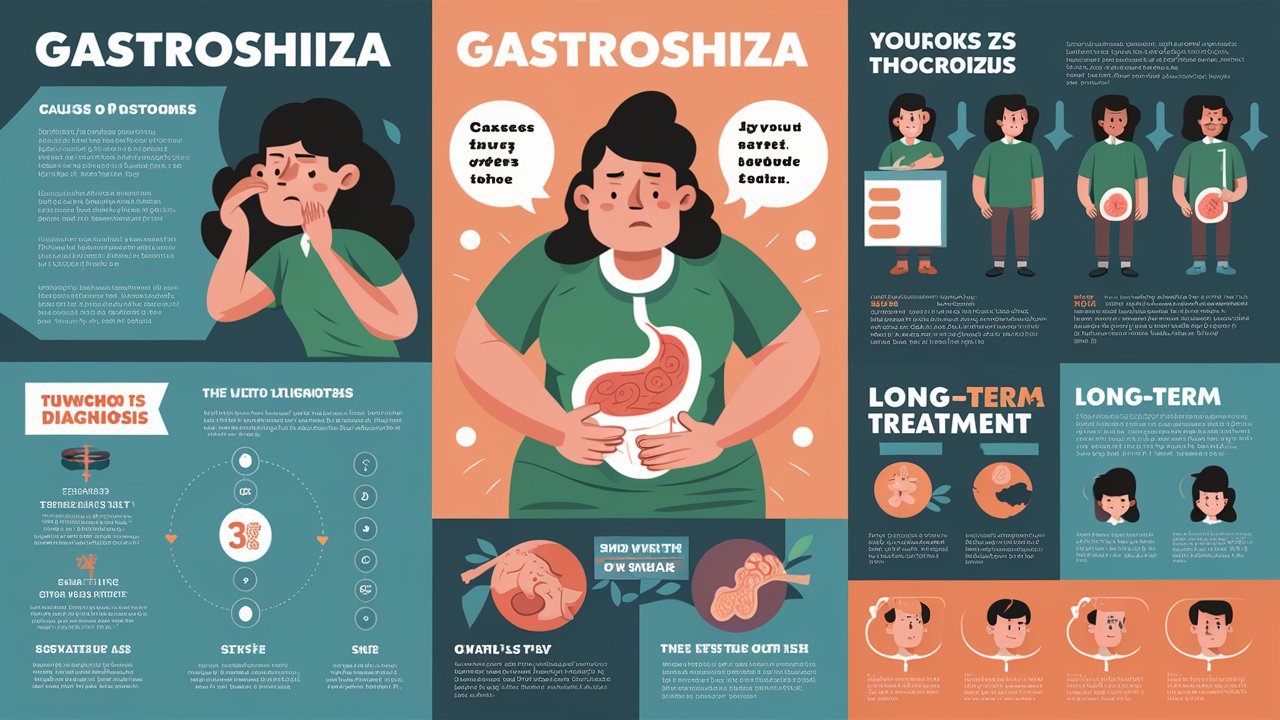Gastroshiza: Causes, Diagnosis, Treatment, and Long-Term Outlook

Gastroshiza, also commonly referred to as gastroschisis, is a rare but serious congenital condition that occurs when a baby is born with the intestines protruding outside the abdominal wall through a hole near the belly button. This anomaly demands immediate medical attention and a clear understanding from parents, caregivers, and healthcare providers. In this comprehensive article, we will explore the causes, symptoms, diagnosis, treatment options, surgical interventions, and long-term outcomes of gastroshiza in detail, providing reliable knowledge for those seeking answers.
What Is Gastroshiza?
Gastroshiza is a birth defect of the abdominal wall. Unlike omphalocele, which also presents with organs outside the body but enclosed in a sac, gastroshiza leaves the intestines exposed directly to the amniotic fluid during pregnancy. This exposure can cause irritation, swelling, and damage to the bowel, making early surgical correction crucial. In rare cases, other organs such as the stomach or liver may also protrude through the defect.
Causes and Risk Factors of Gastroshiza
While the exact cause of gastroshiza remains unclear, several risk factors have been identified:
-
Maternal age – Younger mothers, particularly those under 20, have a higher likelihood of giving birth to a child with this condition.
-
Environmental exposures – Smoking, alcohol, and certain medications taken during pregnancy may increase the risk.
-
Genetics – Unlike many other congenital anomalies, gastroshiza is not strongly linked to inherited genetic factors but may occur sporadically.
-
Nutritional deficiencies – Poor maternal nutrition, including insufficient folic acid intake, has been suggested as a possible contributor.
These risk factors are not definitive causes but rather indicators that may increase susceptibility.
Symptoms and Complications of Gastroshiza
The most obvious symptom of gastroshiza is visible immediately after birth — the baby’s intestines, and sometimes other organs, protrude outside the abdomen. However, complications are not limited to physical appearance. Some of the major issues associated with gastroshiza include:
-
Intestinal damage due to prolonged exposure to amniotic fluid.
-
Restricted growth of the intestines, leading to difficulties with nutrient absorption.
-
Blockages or twisting of the intestines, which can lead to life-threatening complications if untreated.
-
Feeding problems during infancy due to reduced digestive function.
-
Increased risk of infections because the intestines are exposed.
Early recognition and treatment are essential to reduce these risks and improve survival rates.
Diagnosis of Gastroshiza During Pregnancy
Prenatal diagnosis of gastroshiza is possible with modern screening methods. The most common tools include:
-
Ultrasound imaging – Typically around the 18–20 week mark, ultrasound scans can reveal the intestines outside the baby’s body.
-
Elevated maternal alpha-fetoprotein (AFP) levels – A blood test may indicate abnormalities suggestive of abdominal wall defects.
-
Fetal MRI (in rare cases) – For clearer imaging and confirmation.
Early diagnosis allows medical teams to prepare for specialized care immediately after delivery.

Treatment and Surgical Management
The primary treatment for gastroshiza is surgery, usually performed shortly after birth. The approach depends on the severity of the defect:
-
Primary Closure – If the abdominal cavity is large enough, the surgeon places the protruding organs back inside the abdomen and closes the defect in one procedure.
-
Staged Closure (Silo Repair) – If the intestines are too swollen or the abdominal cavity is too small, the organs are placed in a sterile pouch (silo) and gradually guided back inside over several days before closing the opening.
During recovery, babies may require:
-
Mechanical ventilation to assist breathing.
-
Total parenteral nutrition (TPN) until the intestines are ready to process food.
-
Antibiotics to reduce the risk of infections.
With modern neonatal surgical techniques, survival rates have improved dramatically, exceeding 90% in developed healthcare systems.
Post-Surgical Recovery and Prognosis
The recovery journey for infants with gastroshiza varies depending on the size of the defect and the presence of complications. Some babies adapt quickly, while others face long-term challenges. Post-surgical care includes:
-
Gradual introduction of breast milk or formula.
-
Monitoring for signs of bowel obstruction.
-
Regular follow-ups with pediatric surgeons and gastroenterologists.
Most children go on to lead healthy lives, but a subset may experience digestive issues, malabsorption, or growth delays in early childhood. Fortunately, with proper care and nutritional support, many overcome these challenges.
Long-Term Outlook for Children with Gastroshiza
The long-term outlook is generally positive. Advances in neonatal surgery, intensive care, and nutritional support have transformed what was once a fatal condition into one with excellent survival rates. However, lifelong monitoring may be required in cases where complications persist. Parents should be prepared for potential issues such as:
-
Slow weight gain or feeding difficulties.
-
Adhesions or scar tissue leading to bowel obstructions.
-
Developmental delays, though usually temporary.
Ongoing collaboration with pediatric specialists ensures that children receive the best support for growth and development.
Prevention of Gastroshiza
While not all cases can be prevented, some steps may help reduce risks:
-
Ensuring good prenatal nutrition, especially folic acid.
-
Avoiding smoking, alcohol, and recreational drugs during pregnancy.
-
Attending regular prenatal checkups for early detection.
-
Seeking medical advice before using medications while pregnant.
These measures cannot guarantee prevention but significantly contribute to overall maternal and fetal health.
Frequently Asked Questions (FAQ)
Q1: Is gastroshiza the same as omphalocele?
No, gastroshiza and omphalocele are different. Gastroshiza exposes intestines directly without a protective sac, while omphalocele involves organs encased in a membrane.
Q2: Can gastroshiza be detected before birth?
Yes, most cases are detected through routine ultrasound around the second trimester.
Q3: What is the survival rate for babies with gastroshiza?
With modern surgical and neonatal care, survival rates exceed 90% in developed countries.
Q4: Do children with gastroshiza live normal lives?
Most children recover fully and live normal, healthy lives, though some may need ongoing monitoring for digestive issues.
Q5: Is gastroshiza hereditary?
Unlike many congenital conditions, gastroshiza does not usually run in families and is considered sporadic.
Conclusion
Gastroshiza is a rare but treatable congenital condition that requires swift medical attention. With timely diagnosis, skilled surgical intervention, and comprehensive neonatal care, affected babies have an excellent chance of survival and normal development. Awareness, early detection, and supportive parenting play vital roles in ensuring the best possible outcomes.


